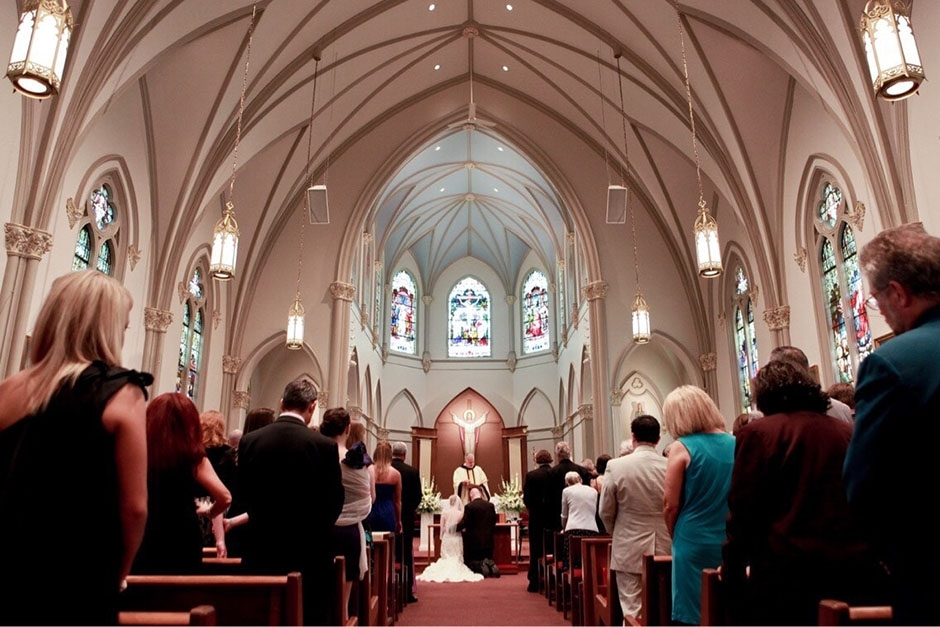By Carley Thieret | Asst. Opinions Editor
There’s always that moment when you finish your meal at a restaurant and glance at your dining partner with the same unspoken question:
“How much of a tip should we leave our server?”
I hear the question uttered aloud multiple times per shift while working at Monte Cello’s restaurant in Wexford. I can’t tell you how many times I’ve dined out with friends where a small problem with the meal always leads to another repeated phrase:
“She’s not getting a tip.”
The reality of the situation is, there is so much more that goes into the dining experience than what the server has control of themselves. According to the 2014 U.S. Bureau of Labor Statistics, servers make 58 percent of their income from tips, and according to a survey conducted by The Wall Street Journal, 75 percent of the population surveyed stated that they regularly tip under the standard 20 percent.
There needs to be some way to address the problem of unfair tipping, and the economic trend is leaning towards a no tip policy that restaurants such as Noodles and Co. have implemented. A no-tip policy would bring about controversy from restaurant owners and some customers, who claim that servers work better when they have the incentive of a good tip. Forget the outside influence and the idea of incentive. It comes down to the fact that employees have bills to pay, and a no-tip policy is a way to not only satisfy the servers, but it’s also to satisfy the customers by removing the stress and uncertainty of criticizing the server.
Noodles and Co., which is considered a fast food restaurant, is more expensive than McDonalds or Wendy’s, but around the same price as Olive Garden or Red Robin (if you haven’t been, there’s one in Market Square). The difference between its competitors however, is that tipping is not required or even implied. Noodles and Co. allows customers to dine-in without tipping, while also offering a carry out option as well.
The Wall Street Journal spoke with Kevin Reddy, the CEO of Noodles and Co. and he explained that a no-tip policy not only satisfies the customer, but also allows him as an owner to find employees who genuinely care about customer service and enjoy working in the industry.
“One of our beliefs is that you have to appreciate and value serving others and not expect something extra for it,” Reddy says.
By implementing a no-tip policy, employers such as Reddy realize that other consequences may arise, such as raising menu prices and obviously paying servers more, but Reddy admits that the no-tip policy has fared well for Noodles and Co. so far. Reddy says he prefers paying employees what they’re worth. He’d rather hire those who provide a good customer experience out of their hearts.
Working in a restaurant where servers work primarily for tips, I see firsthand how competitive of an atmosphere tipping creates. There is a sense of uncertainty when a server comes into work about how much money they are going to make that night. A no-tip policy would alleviate this problem all together. I have seen nights at Monte Cello’s where one server will continuously get parties of 20, while another will get parties of two. It is unfortunate, but it is the luck of the draw. The server who is lucky enough to wait on these large parties will walk away with over $100, while the other server might not even reach $30 in tips. This not only creates a sense of competition between servers, but it takes away from the quality of the meal as well. When a server tries to get more tables to obtain more tips, the less attention they can pay to one specfic table.
When a server can’t pay enough attention to a table, it leaves a customer less than satisfied. However, what many restaurant goers don’t understand is that a server works for tips. The required minimum wage according to the U.S. Department of Labor for employees working for tips is $2.13 before taxes. In order to live and pay bills, servers rely on the tips they make at the end of the night.
Don’t be fooled though. They don’t pocket those tips completely. At the end of the night, the servers must also tip out the busboy, the hostess and any member of the dish staff who helped them throughout the night. Those employees also put effort into making sure you as a diner had an enjoyable meal as well.
In a survey done by The Wall Street Journal, 35 percent of the population surveyed said that they tip less than 10 percent of the bill on a regular basis. This group claimed that they believe they are charged enough in the meal and it is the job of the restaurant to pay their employees accordingly. This may be true, but it should be one or the other; it is extremely unfair to the server to have this grey area of confusion towards tipping. The restaurant owner still makes money off the meal, the only people missing out are the servers.
While the customary tip of 20 percent is still jaded to some, it is unsure if this issue will ever be completely resolved to the point where the restaurant owner, server and customer are all satisfied. Hopefully steps toward a no-tip policy will be taken, or a common ground will be found in aiding those who work tirelessly to give people an enjoyable dining experience an easier way to pay their bills and make ends meet.
Carley Thieret is a sophomore multiplatform journalism and public relations major and can be reached at thieretc@duq.edu




